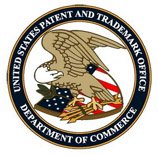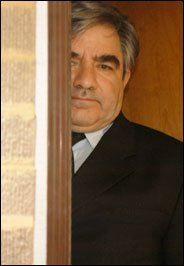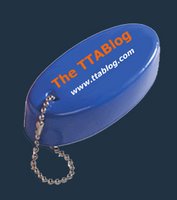Precedential No. 24: TTAB Affirms Genericness Refusal of "BOND-OST" for Cheese
Applicant Noon Hour Food Products, Inc. found itself in an unfortunate position. Its 70-year old registration for the mark BOND-OST for cheese was "inadvertently cancelled" in 2002, and when it applied for a new registration, the PTO refused on the ground of genericness. The TTAB affirmed. In re Noon Hour Food Products, Inc., 88 UPSQ2d 1172 (TTAB 2008) [precedential].

Examining Attorney Myriah A. Habeeb relied on references to the term "Bond-Ost" (as well as "bondost," "Bondost," and "Bond Ost") in books on cheese and ethnic foods, on government and dairy publications, on Internet websites and newspapers and magazine articles, and on use of the term by cheese vendors. For example, the Center for Dairy Research describes "Bondost" as "a Swedish, farm-type, cow's-milk cheese that has been made also in a few factories in the United States, chiefly in Wisconsin."
Applicant, on the other hand, argued that BOND-OST has been its trademark for almost 100 years, that the term "bondost" does not appear in dictionaries, in several cheese guides, nor in Wikipedia. It asserted that most appearances of the term in the record involve initial upper case letters, which illustrate correct usage of its trademark. Moreover, some of the uses cited by the PTO clearly refer to Applicant's product.
The Board, applying the two-part Marvin Ginn test, first found the genus of goods to be aptly described by Applicant's identification of goods: cheese. As to the second part of the test, whether the relevant public understands BOND-OST to refer to the involved genus of goods, the Board found that ordinary consumers of cheese would be the relevant class of customers.
The Board agreed with Applicant that "some of the evidence in the record regarding the version of bondost cheese available in the United States involves references to cheese from applicant." Nonetheless, "the unequivocal trademark usage of Bond-Ost is limited to usage by applicant and perhaps a few of its vendors."
[W]hile the evidence in this record does not all point uniformly in the same direction, the weight of the evidence in this record is consistent with finding that members of the relevant public understand both “bondost” and “Bond-Ost” primarily to refer to Swedish, farm-type, cow’s-milk cheese, or an American version thereof, rather than a particular source of cheese."
The Board concluded that the record evidence "clearly places applicant's mark in the category of a generic term."
"The myriad examples that the Trademark Examining Attorney has placed into the record clearly show that BOND-OST 'tell[s]you what the thing is.'"
For completeness, and assuming arguendo that BOND-OST is not generic, the Board also considered Applicant Noon Hour's Section 2(f) claim. It found that Applicant had failed to make a prima facie case of acquired distinctiveness "in light of the highly descriptive nature of the 'Bond-Ost' designation." Applicant provided no sales or advertising figures, no information regarding market share, and no direct evidence that relevant consumers view the term as a source-identifier.
In sum, the Board affirmed the genericness refusal and, in the alternative, affirmed the refusal on the ground of mere descriptiveness due to the insufficiency of Applicant's 2(f) showing.
Text Copyright John L. Welch 2008.



































